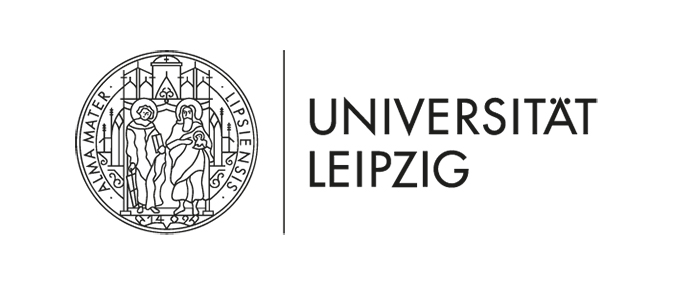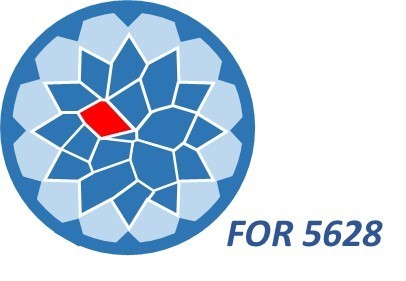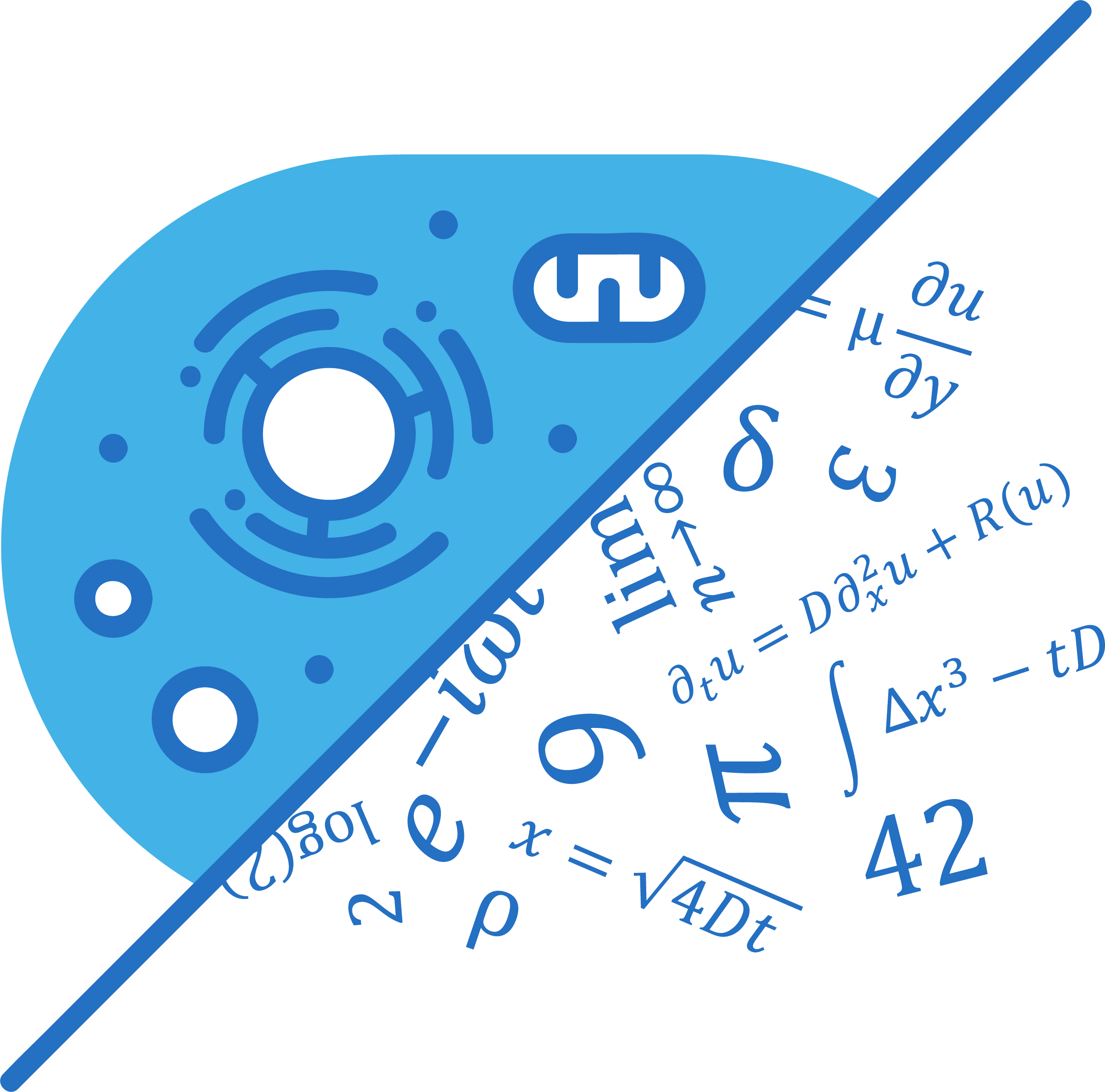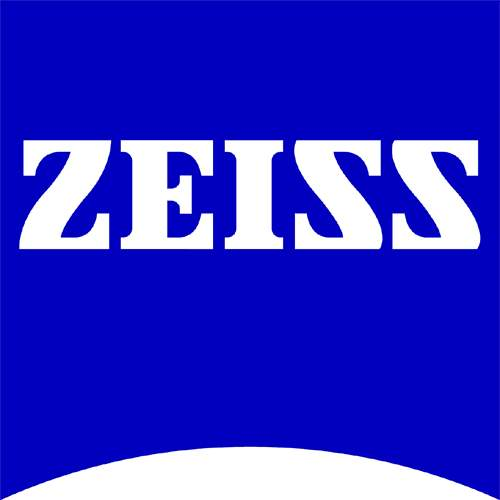|
15th Annual Symposium Physics of Cancer Leipzig, Germany Sept. 30 - Oct. 2, 2024 |
PoC - Physics of Cancer - Annual Symposium | |||||||||||||||
|
|
Poster
Vimentin promotes collective cell migration through collagen networks via increased matrix remodeling and spheroid fluidity
Contact:
The intermediate filament (IF) protein vimentin is associated with many diseases with
phenotypes of enhanced cellular migration and aggressive invasion through the extracellular matrix (ECM) of tissues, but vimentin’s role in in-vivo cell migration is still largely unclear. Vimentin is important for proper cellular adhesion and force generation, which are critical to cell migration; yet the vimentin cytoskeleton also hinders the ability of cells to squeeze through small pores in ECM, resisting migration. To identify the role of vimentin in collective cell migration, we generate spheroids of wide-type and vimentin-null mouse embryonic fibroblasts (mEFs) and embed them in a 3D collagen matrix. We find that loss of vimentin significantly impairs the ability of the spheroid to collectively expand through collagen networks and remodel the collagen network. Traction force analysis reveals that vimentin null spheroids exert less contractile force than their wild-type counterparts. In addition, spheroids made of mEFs with only vimentin unit length filaments (ULFs) exhibit similar behavior as vimentin-null spheroids, suggesting filamentous vimentin is required to promote 3D collective cell migration. We find the vimentin- mediated collective cell expansion is dependent on matrix metalloproteinase (MMP) degradation of the collagen matrix. Further, 3D vertex model simulation of spheroid and embedded ECM indicates that wild-type spheroids behave more fluid-like, enabling more active pulling and reconstructing the surrounding collagen network. Altogether, these results signify that VIF plays a critical role in enhancing migratory persistence in 3D matrix environments through MMP transportation and tissue fluidity. |









